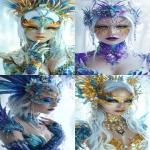Explore the Best AI Image Gallery
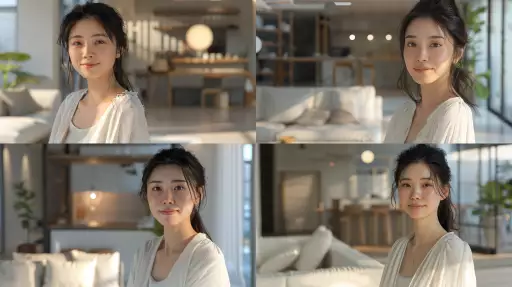
Pixels on Your Skin: How AI Image Creation Tools Are Redefining Creativity
The realm of art and design has always been a space of innovation, constantly pushing boundaries and exploring new mediums. Today, we stand on the precipice of another revolution, driven by the rise of artificial intelligence (AI) image creation tools. These powerful algorithms, capable of generating stunningly realistic and imaginative visuals from simple text prompts, are transforming how we create, consume, and interact with art.
A Canvas Unbound: The Impact on Creative Industries
AI image generators are disrupting traditional creative workflows, offering exciting possibilities for artists, designers, and businesses across various sectors:
- Democratization of Art Creation: AI tools empower individuals with limited artistic skills to express their creativity. Anyone can now generate unique artwork, bypassing the need for technical expertise.
- Streamlined Design Processes: Designers can leverage AI to rapidly iterate concepts, explore diverse design options, and accelerate prototyping in fields like fashion, architecture, and product design.
- Personalized Experiences: AI-generated visuals can be customized to individual preferences, creating unique marketing materials, personalized avatars, or even custom artwork for homes and businesses.
- Content Creation at Scale: AI tools can generate vast libraries of images for websites, advertising campaigns, social media, and other content platforms, significantly reducing production costs and time.
Beyond the Brushstrokes: Potential Applications
The applications of AI image creation extend far beyond traditional art forms:
- Education and Training: AI can generate realistic visualizations for educational purposes, helping students understand complex concepts in science, history, or engineering.
- Healthcare and Medicine: AI-powered tools can assist in medical imaging analysis, creating customized patient illustrations, or even generating 3D models for surgical planning.
- Research and Development: Scientists can utilize AI to visualize complex data sets, simulate experimental outcomes, or design innovative materials and structures.
Navigating the Ethical Landscape
While the potential of AI image creation is vast, it also raises important ethical considerations:
- Copyright and Ownership: Questions arise regarding the ownership of AI-generated art. Who holds the copyright – the creator of the AI, the user who provides the prompt, or the AI itself?
- Bias and Representation: AI algorithms are trained on existing data, which can perpetuate societal biases and stereotypes. It is crucial to ensure that AI-generated imagery reflects diversity and inclusivity.
- Misinformation and Deepfakes: The ability to create realistic synthetic images raises concerns about the potential for misuse in spreading misinformation or creating convincing deepfakes.
- Job Displacement: Automation through AI tools may impact certain creative professions, requiring adaptation and retraining for workers in the industry.
The Future of Creativity: A Symbiotic Partnership
AI image creation tools are not meant to replace human creativity but rather to augment and enhance it. As these technologies continue to evolve, we can envision a future where:
- Artists and AI Collaborate: Humans will leverage AI as a powerful tool for exploration, ideation, and technical execution, freeing them to focus on the conceptual and emotional aspects of their work.
- New Artistic Expressions Emerge: AI-powered tools will enable entirely new forms of artistic expression, blurring the lines between reality and imagination.
- Creativity Becomes Accessible to All: Democratization of art creation will empower individuals from all backgrounds to contribute to the creative landscape.
The journey into the realm of AI image creation is just beginning. As we navigate this uncharted territory, it is crucial to approach these technologies with both excitement and responsibility, ensuring that they serve to amplify human creativity and shape a more inclusive and imaginative future.

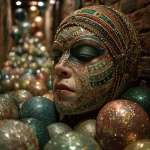
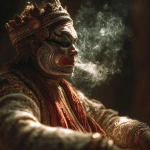
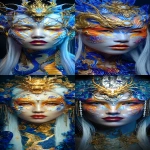
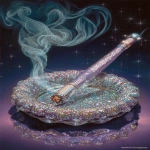
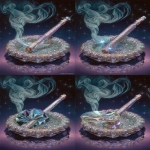
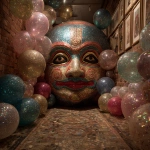


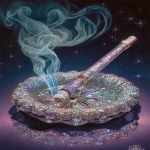


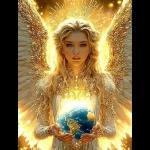
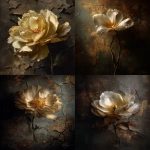
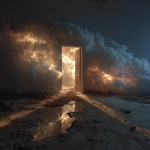

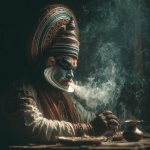
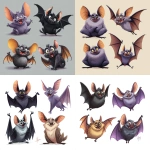


](https://images.ai-img.art/thumbnails/150/5197af8969d850e2a43e141d41e482ccbceedebceb2a4caf9f098f943f9d1b0f.webp)

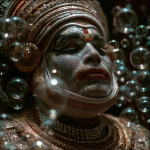
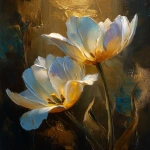
](https://images.ai-img.art/thumbnails/150/485c8b1c747827bdc9a962f8a1919b3c259b18dd263b260208a1eae19fb85e07.webp)

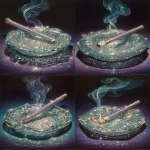

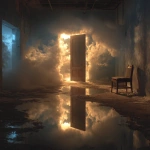
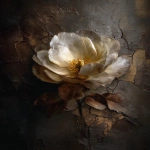


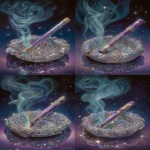
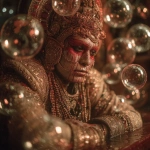
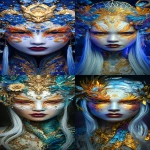
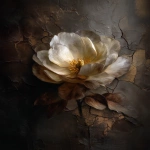

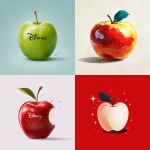
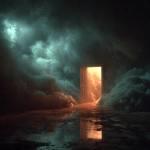
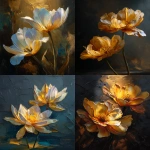
](https://images.ai-img.art/thumbnails/150/3020b8c2b6d9be07e042357107af1de10deb274a41d2b0f332684ad4b532a702.webp)
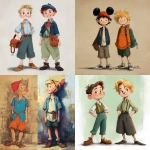
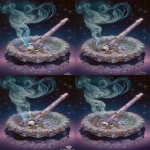

](https://images.ai-img.art/thumbnails/150/8d1fe5a7a49cfc96747182431a853357913286d89258383caab2d3b4681afcb5.webp)
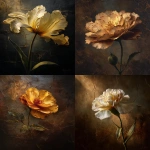
](https://images.ai-img.art/thumbnails/150/269414b0e541026702e9e67c67602c96162f37ff460a388b3b36314c8fc936dd.webp)
](https://images.ai-img.art/thumbnails/150/2fbd98ecfc425cfc1597779121e1c0305437067779e9c471eb64ff9615d5be98.webp)

